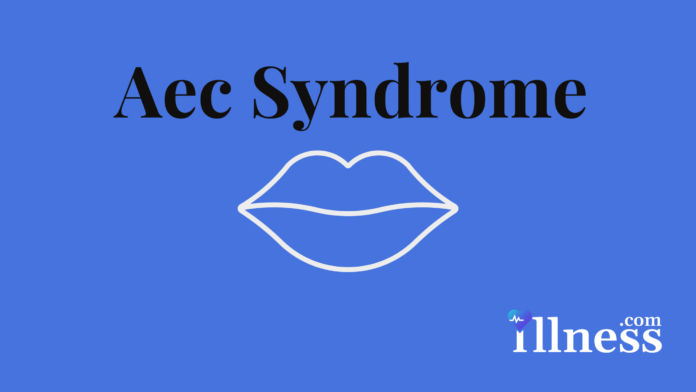Overview Of AEC Syndrome
Ankyloblepharon-Ectodermal Defects-Cleft lip/palate (AEC syndrome) is a condition characterized by abnormal development of ectodermal tissues, which include the hair, skin, nails, sweat glands, and teeth. AEC syndrome is a specific variety of ectodermal dysplasia, which contains around 150 other similar syndromes.
Symptoms Of AEC Syndrome
One of the most frequently seen symptoms of AEC syndrome are erosions of the skin (missing sections or patches). In infants affected with the disorder, most of these skin erosions occur on the scalp area. These erosions often reoccur throughout the child’s life, and frequently appear on the scalp, hands, feet, and neck. These skin erosions can range in severity from mild to severe. They can frequently lead to scarring, infection, and hair loss.
Additional symptoms of AEC syndrome can include brittle, sparse or missing hair, missing or malformed teeth, changes to the skin’s coloring, and absent or misshapen fingernails and toenails. Those with AEC syndrome have also reported an increased sensitivity to heat and a diminished sweating capacity.
A lot of infants with the condition are born with ankyloblepharon filiforme adnatum, an abnormality of the eyelids. This condition happens when the upper and lower eyelids become either fully or partially fused due to extra tissue strands.
Most affected by AEC syndrome are born with either a cleft lip (a split in the lip), a cleft palate (an abnormal opening on the roof of the mouth), or both. Cleft lip or cleft palate can cause difficulties with nursing, as affected infants may lack the ability/struggle with sucking. These nursing difficulties can lead to a failure to thrive (they do not gain weight or grow at the expected pace) if left unchecked.
Additional Symptoms
Limb abnormalities can occur, such as fused toes and fingers (known as syndactyly). This is the most commonly seen limb abnormality with the syndrome. Less commonly seen limb abnormality symptoms include ectrodactyly (a deep fissure in the feet or hands, with missing toes or fingers and a fusion of the remaining digits) and camptodactyly (permanently crooked toes and fingers).
Hearing loss is a common symptom, and it’s present in more than 90% of children diagnosed with AEC syndrome.
Some people with the syndrome can have distinctive facial features, such as a narrower than average philtrum space. (This space is the area between the nose and upper lip.) Another example is a too-small jaw that cannot open fully in some cases.
Further symptoms can include digestive difficulties, chronic sinus and ear infections, absent tear duct openings in the corners of the eyes, and hypospadias (the opening of the urethra is on the underside of the penis instead of the typical location).
Commonly Associated With
Hay-Wells syndrome
Causes Of AEC Syndrome
AEC syndrome occurs because of mutations in the TP63 gene. This gene normally provides the instructions needed for the production of the p63 protein. This protein plays an important role in the early development of humans. The protein p63 is a transcription factor. This means that the protein binds (attaches) to DNA and can manipulate the various activities of specific genes. The protein p63 uses its role as a transcription factor to turn a lot of different genes off and on during the development process of a human being. This especially occurs during the development of ectodermal structures (hair, teeth, skin, and nails). According to recent research, it may also have an important function during the development of certain structures. These include the urinary system, the facial features, limb development, and the development of other tissues and organs.
When the TP63 gene is mutated due to AEC syndrome, the p63 protein can’t turn specific genes off or on at the right times. This leads to abnormalities.
Other Information
AEC syndrome is rare, with an unknown prevalence worldwide. All the forms of ectodermal dysplasia together only occur in about 1 out of every 100,000 newborns born in the US.
This syndrome is autosomal dominant, which means it’s only inherited in children when both parents are carriers of the mutated gene.



